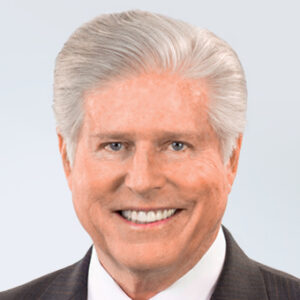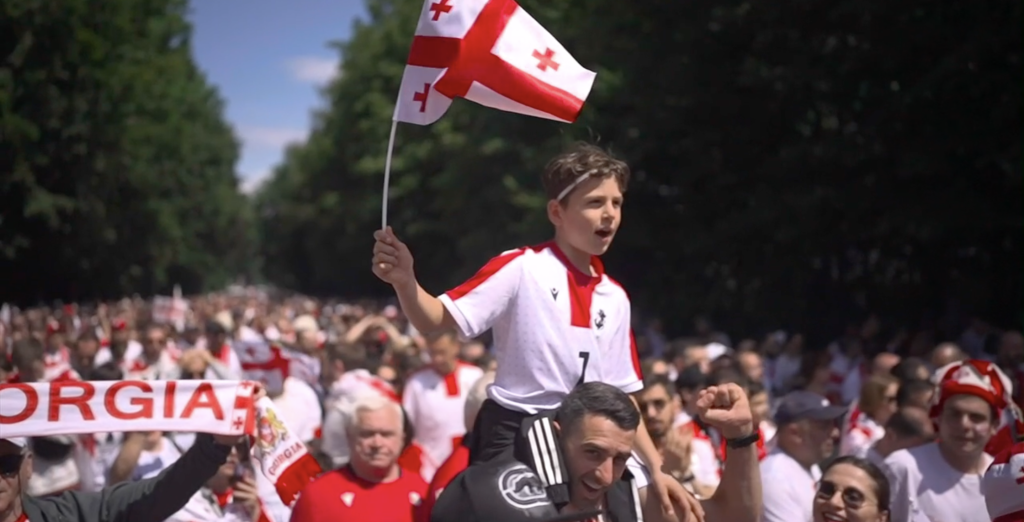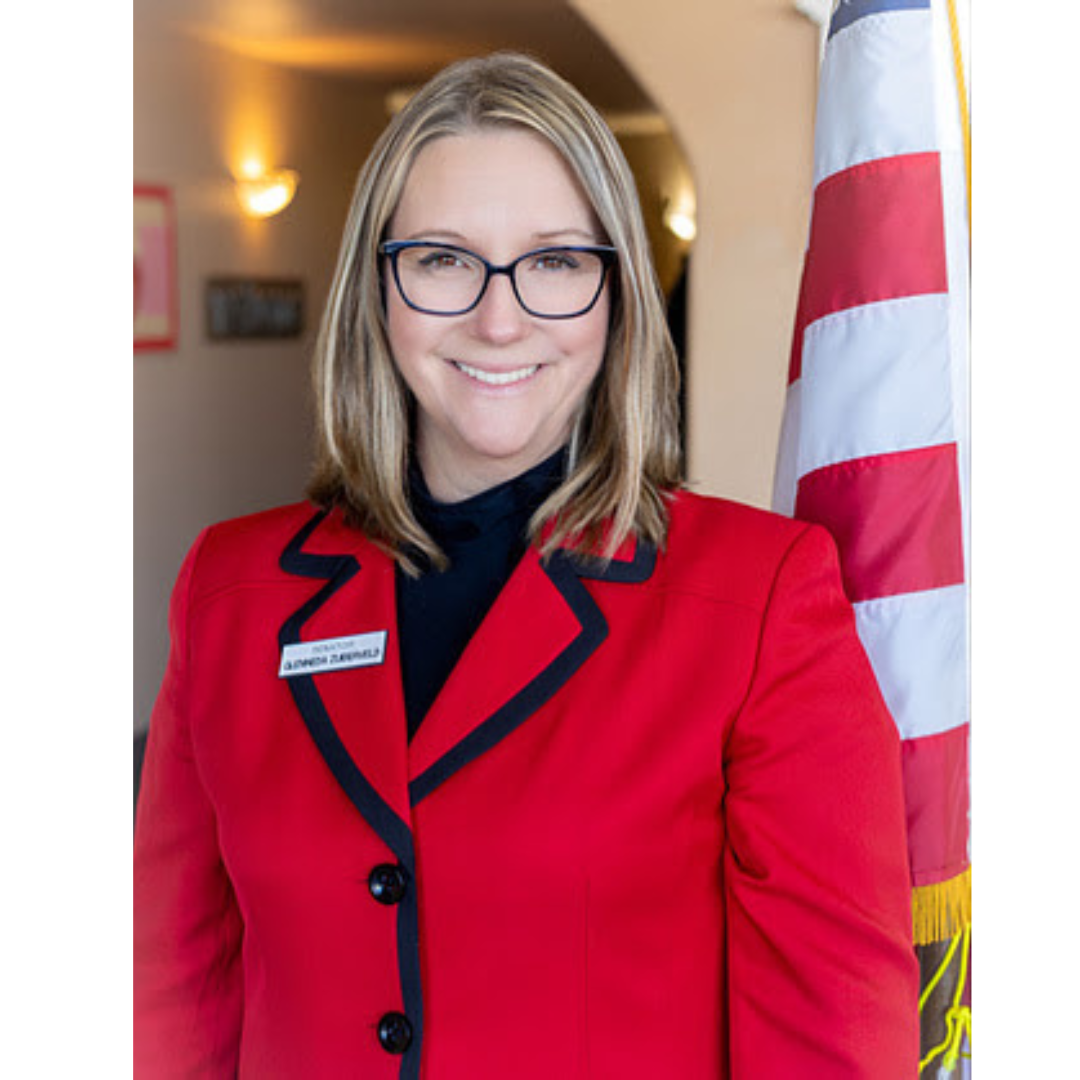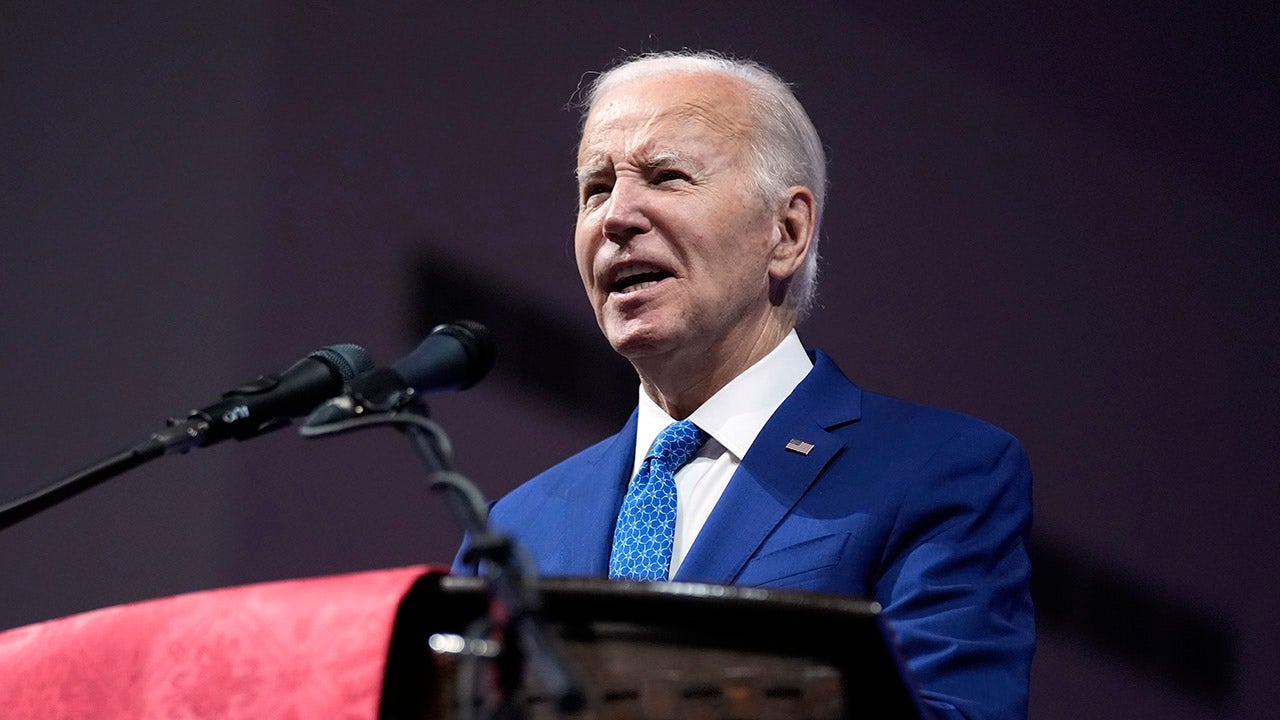Science
Karol Bobko, First to Pilot the Challenger Into Space, Dies at 85

Karol Bobko, an Air Force pilot who joined NASA as an astronaut in 1969 and then waited 14 years before going into space, piloting the first voyage of the shuttle Challenger nearly three years before it exploded soon after liftoff, died on Aug. 17 at his home in Half Moon Bay, Calif., south of San Francisco. He was 85.
His son, Paul, said the cause was complications of an unspecified degenerative disease of the nervous system.
In 1966, with NASA’s early Gemini missions nearing their end and the Apollo program’s start-up in sight, Colonel Bobko joined a Defense Department project to explore the military uses of space. The Air Force’s Manned Operating Laboratory planned to shoot astronauts into orbit in a modified Gemini capsule that would have been connected to a 50-foot-long lab and powered by a Titan booster rocket.
But in June 1969 — a month before Apollo 11 made the first moon landing — the government canceled the laboratory, citing its cost. Colonel Bobko, who was known as Bo, was one of the seven laboratory astronauts transferred to NASA.
While he waited for a space mission, he earned a master’s degree in aerospace engineering in 1970 at the University of Southern California and provided support and testing for three forthcoming projects: Skylab, an orbiting laboratory that was launched in 1973; the joint U.S.-Soviet Apollo-Soyuz mission, in 1975; and the shuttle, which got off the ground in 1981.
Asked how it felt to wait so long to be chosen for a space mission, he told a NASA oral history interviewer in 2002, “There were times when I felt I was a cosine wave in a sine-wave world.”
The Challenger made its inaugural flight on April 4, 1983. For five days in space, its four-man crew deployed a communications satellite, and two astronauts, Story Musgrave and Donald Peterson, performed the shuttle program’s first spacewalk.
“My responsibility was getting them into the suits” for the spacewalk, Colonel Bobko said in the oral history. “You know, it provides power and atmosphere and communications and meteoroid protection. It does everything. So it’s kind of like launching a small satellite, except it’s got a man in it.”
Colonel Bobko was celebrated soon after, in a proclamation, as the first New York City native to orbit the earth.
He flew on two more shuttle missions, the first as commander of the Discovery in 1985. On that mission the crew deployed one communications satellite, but a second one didn’t turn on, despite an attempt to fix it in an unplanned spacewalk by the astronauts Jeffrey Hoffman and S. David Griggs. (Two spacewalking members of another Discovery mission that year made the repairs.)
“Bo was a commander who could lead without ever getting angry with people or raising his voice,” Dr. Hoffman, now a professor of aerospace engineering at the Massachusetts Institute of Technology, said by phone. “He didn’t have to prove he was the boss to get our respect.”
Colonel Bobko went on to command the shuttle Atlantis on its first flight, in October 1985.
Karol Joseph Bobko was born on Dec. 23, 1937, in Manhattan and lived with his family in Queens before moving, at 13, to Seaford, on the South Shore of Long Island. His parents, Charles and Veronica (Sagatis) Bobko, owned a beer and soda distributorship.
Karol studied aerospace and engineering at Brooklyn Technical High School, commuting from Seaford, and graduated in 1955. Four years later, he was in the first graduating class of the United States Air Force Academy.
He trained as a test and fighter pilot before joining the Defense Department’s Manned Operating Laboratory program, then suffered the disappointment of seeing it scrapped. Any hope of being assigned to an Apollo flight ended when the program was shut down after the last moon landing, by Apollo 17, in 1972.
During his long wait to go into space, Colonel Bobko and two other astronauts spent eight weeks in a Skylab simulator in Houston, where the impact of food and exercise on their bodies was measured. He later joined the support crew for the Apollo-Soyuz project, working with Soviet cosmonauts.
He recognized the irony of cooperating with the Soviets on a space project in the 1970s with Cold War tensions still high. He recalled walking one day in Red Square in Moscow with Robert F. Overmyer, another former Mobile Operating Laboratory astronaut who was in the support crew.
Colonel Bobko had thought that if he ever visited the Soviet Union, it would be under combat conditions and not in a cooperative venture. “I never doubted I’d be here,” he recalled saying to Colonel Overmyer. “I always thought it would be at 200 feet and a full afterburner.”
He edged closer into space as part of the support crew for the shuttle’s approach and landing tests, and he was the lead astronaut in a test group for the Columbia, the first shuttle to fly in space, in 1981.
Colonel Bobko was still in the space program when the Challenger exploded 73 seconds into liftoff in 1986, killing its seven crew members.
“That was pretty hard,” he told The Half Moon Bay Review in 2011. “I knew them all well.”
(The Columbia later met disaster as well; it disintegrated as it re-entered the atmosphere in 2003, killing all seven aboard.)
In addition to his son, Colonel Bobko is survived by his wife, Dianne (Welsh) Bobko; his daughter, Michelle Bobko; a grandson; and his brother, Peter.
Colonel Bobko retired from NASA and the Air Force in 1988 and worked at the consulting firm Booz Allen Hamilton, which had contracts with the space agency. In 2000, he was hired as a vice president of Spacehab, which provided microgravity experimentation equipment for the space shuttle. In 2005, he became program manager for the technology company SAIC’s contract with NASA’s Ames Research Center Simulation Labs. He stayed in that position until 2014 and had been a consultant through last year.
Colonel Bobko traveled to the Kennedy Space Center in Florida in 2011 to watch the 135th and final launch of the shuttle program: that of the Atlantis, which he had commanded 26 years earlier. In an interview with The Half Moon Bay Review soon after, he recalled going through the prelaunch checklist, the engines firing, and being thrust into orbit.
“Those things I participated in many years ago … and now there won’t be any more shuttle launches,” he said. “Now it’s come full circle.”

Science
LAX passenger arrested after running onto tarmac, police say

A Los Angeles International Airport passenger was arrested early Saturday morning after he became irate and ran out of Terminal 4 onto the tarmac, according to airport police.
The passenger appeared to be experiencing a mental health crisis, said Capt. Karla Rodriguez. “Police responded and during their attempt in taking the suspect into custody, a use of force occurred,” she said.
The man, who was not identified, was arrested on suspicion of battery against a police officer and trespassing on airport property, she said. He was taken to a nearby hospital for a mental health evaluation.
A video obtained by CBS shows a shirtless man in black shorts running on the tarmac past an American Airlines jetliner with a police officer in pursuit. The officer soon tackles the man and pushes him down on the pavement.
Science
Video: How SpaceX Is Harming Delicate Ecosystems

On at least 19 occasions since 2019, SpaceX’s operations have caused fires, leaks and explosions near its launch site in Boca Chica, Texas. These incidents reflect a broader debate over how to balance technological and economic progress against protections of delicate ecosystems and local communities. The New York Times investigative reporter Eric Lipton explains.
Science
Live poultry markets may be source of bird flu virus in San Francisco wastewater

Federal officials suspect that live bird markets in San Francisco may be the source of bird flu virus in area wastewater samples.
Days after health monitors reported the discovery of suspected avian flu viral particles in wastewater treatment plants, federal officials announced that they were looking at poultry markets near the treatment facilities.
Last month, San Francisco Public Health Department officials reported that state investigators had detected H5N1 — the avian flu subtype making its way through U.S. cattle, domestic poultry and wild birds — in two chickens at a live market in May. They also noted they had discovered the virus in city wastewater samples collected during that period.
Two new “hits” of the virus were recorded from wastewater samples collected June 18 and June 26 by WastewaterSCAN, an infectious-disease monitoring network run by researchers at Stanford, Emory University and Verily, Alphabet Inc.’s life sciences organization.
Nirav Shah, principal deputy director of the U.S. Centers for Disease Control and Prevention, said that although the source of the virus in those samples has not been determined, live poultry markets were a potential culprit.
Hits of the virus were also discovered in wastewater samples from the Bay Area cities of Palo Alto and Richmond. It is unclear if those cities host live bird markets, stores where customers can take a live bird home or have it processed on-site for food.
Steve Lyle, a spokesman for the state’s Department of Food and Agriculture, said live bird markets undergo regular testing for avian influenza.
He said that aside from the May 9 detection in San Francisco, there have been no “other positives in Live Bird Markets throughout the state during this present outbreak of highly-pathogenic avian flu.”
San Francisco’s health department referred all questions to the state.
Even if the state or city had missed a few infected birds, John Korslund, a retired U.S. Department of Agriculture veterinarian epidemiologist, seemed incredulous that a few birds could cause a positive hit in the city’s wastewater.
“Unless you’ve got huge amounts of infected birds — in which case you ought to have some dead birds, too — it’d take a lot of bird poop” to become detectable in a city’s wastewater system, he said.
“But the question still remains: Has anyone done sequencing?” he said. “It makes me want to tear my hair out.”
He said genetic sequencing would help health officials determine the origin of viral particles — whether they came from dairy milk, or from wild birds. Some epidemiologists have voiced concerns about the spread of H5N1 among dairy cows, because the animals could act as a vessel in which bird and human viruses could interact.
However, Alexandria Boehm, professor of civil and environmental engineering at Stanford University and principal investigator and program director for WastewaterSCAN, said her organization is not yet “able to reliably sequence H5 influenza in wastewater. We are working on it, but the methods are not good enough for prime time yet.”
A review of businesses around San Francisco’s southeast wastewater treatment facility indicates a dairy processing plant as well as a warehouse store for a “member-supported community of people that feed raw or cooked fresh food diets to their pets.”
-

 World1 week ago
World1 week agoTension and stand-offs as South Africa struggles to launch coalition gov’t
-

 Politics1 week ago
Politics1 week agoFirst 2024 Trump-Biden presidential debate: Top clashes over issues from the border to Ukraine
-

 News1 week ago
News1 week ago4 killed, 9 injured after vehicle crashes into Long Island nail salon
-

 News1 week ago
News1 week agoSupreme Court denies Steve Bannon's plea to stay free while he appeals
-

 News1 week ago
News1 week agoVideo: How Blast Waves Can Injure the Brain
-

 Politics1 week ago
Politics1 week agoTrump says 'biggest problem' not Biden's age, 'decline,' but his policies in first appearance since debate
-
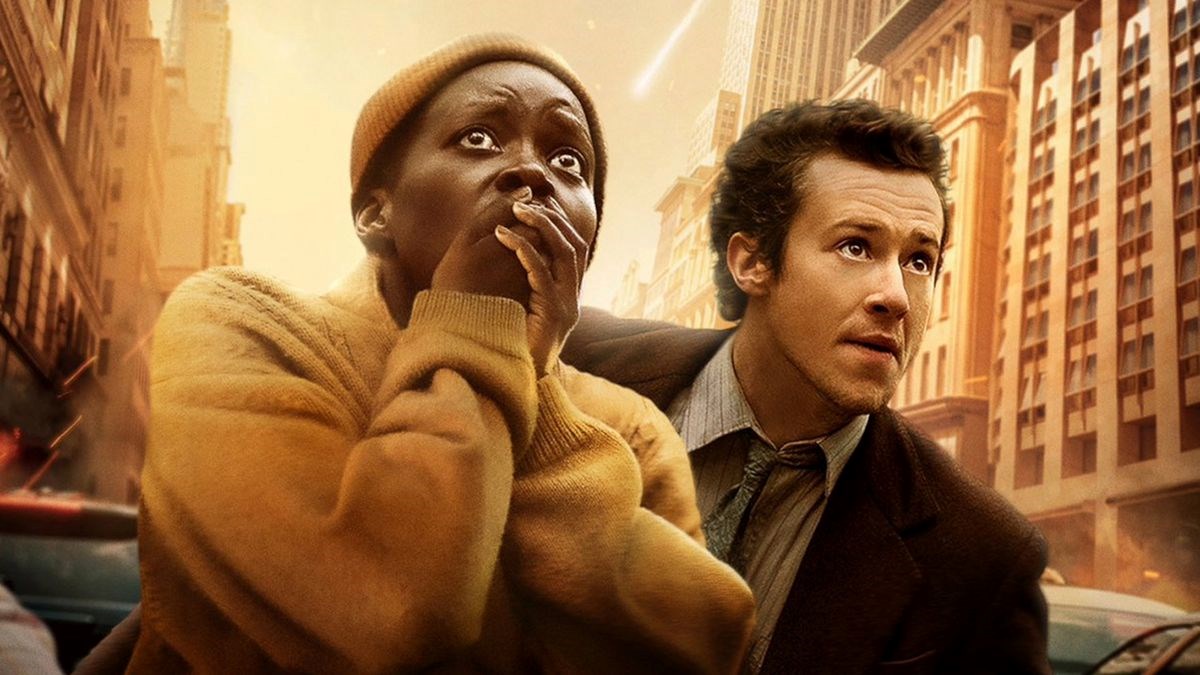
 Movie Reviews1 week ago
Movie Reviews1 week agoMovie review: A Quiet Place, quivering since Day One
-
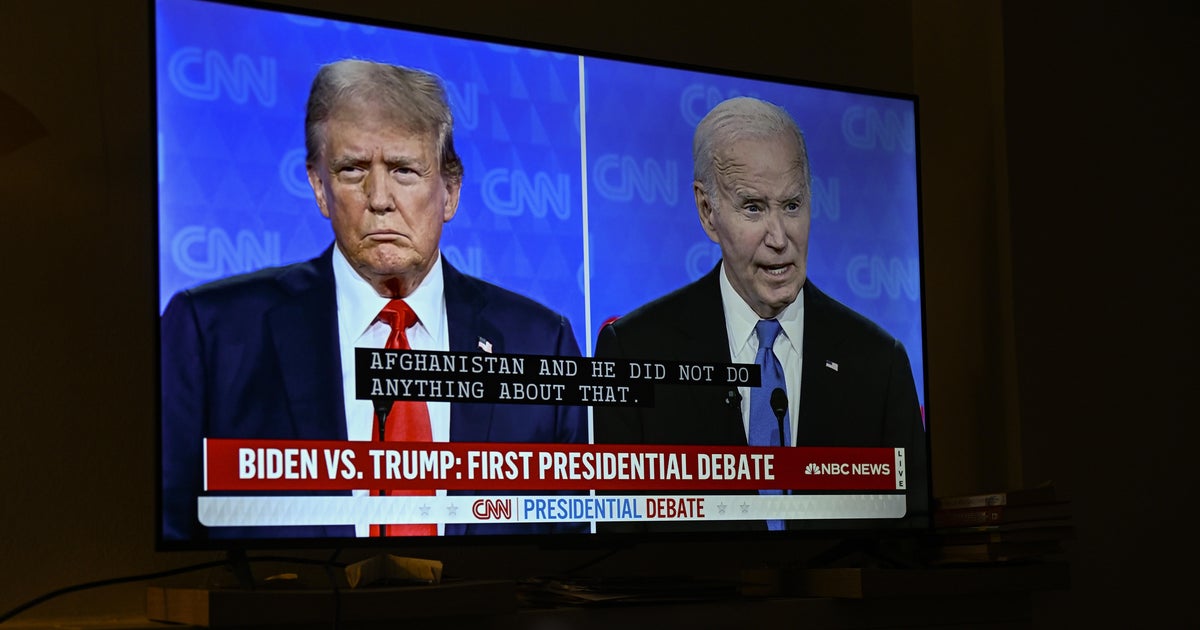
 News1 week ago
News1 week agoIncreasing numbers of voters don’t think Biden should be running after debate with Trump — CBS News poll

